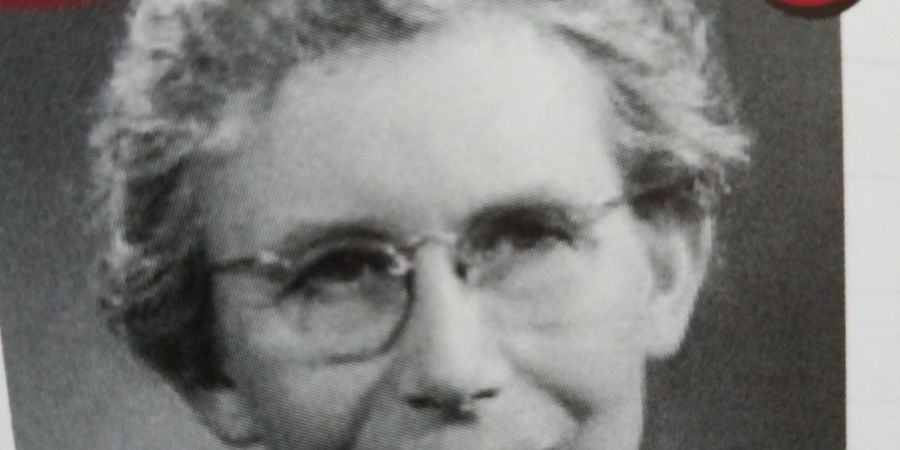

𝐂𝐨𝐩𝐞𝐧𝐡𝐚𝐠𝐞𝐧, 𝐃𝐞𝐧𝐦𝐚𝐫𝐤, 𝐞𝐚𝐫𝐥𝐲 1930𝐬
Inge Lehmann, Chief of the Seismology Department at the Royal Danish Geodetic Institute, looks closely at the seismograms of a powerful earthquake that shook New Zealand on June 16, 1929. The seismograms were recorded in three Soviet cities. They showed P waves arriving at the seismic stations about 19 minutes after the earthquake.
Something wasn't right. These cities---7,300 to 9,200miles (11,748--14,806 km) from the quake---shouldn't have felt P waves this strong. Like other seismologists, Lehmann knew that Earth was made of three layers---crust on the outside, a mantle beneath the crust, and a core in the center---and the waves had to flow through it. So what was wrong?
𝐅𝐥𝐚𝐬𝐡𝐛𝐚𝐜𝐤
In the early 1900s, seismologist Richard Dixon Oldham found that when an earthquake occurred, P and S waves showed up on seismograms all over the world. He realized that seismic waves could be used to learn about Earth's interior.
𝐌𝐨𝐫𝐞 𝐑𝐞𝐬𝐞𝐚𝐫𝐜𝐡 𝐍𝐞𝐞𝐝𝐞𝐝
As seismologists continued to study earthquake waves, they found that P waves took longer than expected to appear because they were reflecting off the core.
The core was casting a “seismic shadow."When the P waves hit the core, some were changing direction in such a way that none came out in this area. Seismologists call this area the shadow zone.
Seismologists knew that although P waves can travel through solids, liquids, and gases, S waves can only travel through solids. Because the P waves slowed down when they entered the core, and the S waves didn't seem to travel through the core at all, seismologists concluded that the core must be liquid.
𝐑𝐞𝐭𝐮𝐫𝐧 𝐭𝐨 𝐭𝐡𝐞 1930𝐬
Inge Lehmann knew all of this when she studied the New Zealand earthquake seismograms and that's why she found them troubling.
In 1936, Inge Lehmann came up with an explanation:
A Hypothesis will here be suggested…Although it cannot be proved from the data at hand. We take it that, as before, the earth conceits of a core and a mantle, but that inside the core there is an inner core in which the [speed of the wave is greater] than in the outer core.
Over the next 40years, seismologists were able to prove that Lehmann was correct. They also changed our understanding of the inner core. Using earthquake data, seismologists were able to determine its thickness(800 miles/1,287 km) and show that unlike the outer core, the inner core is solid.
